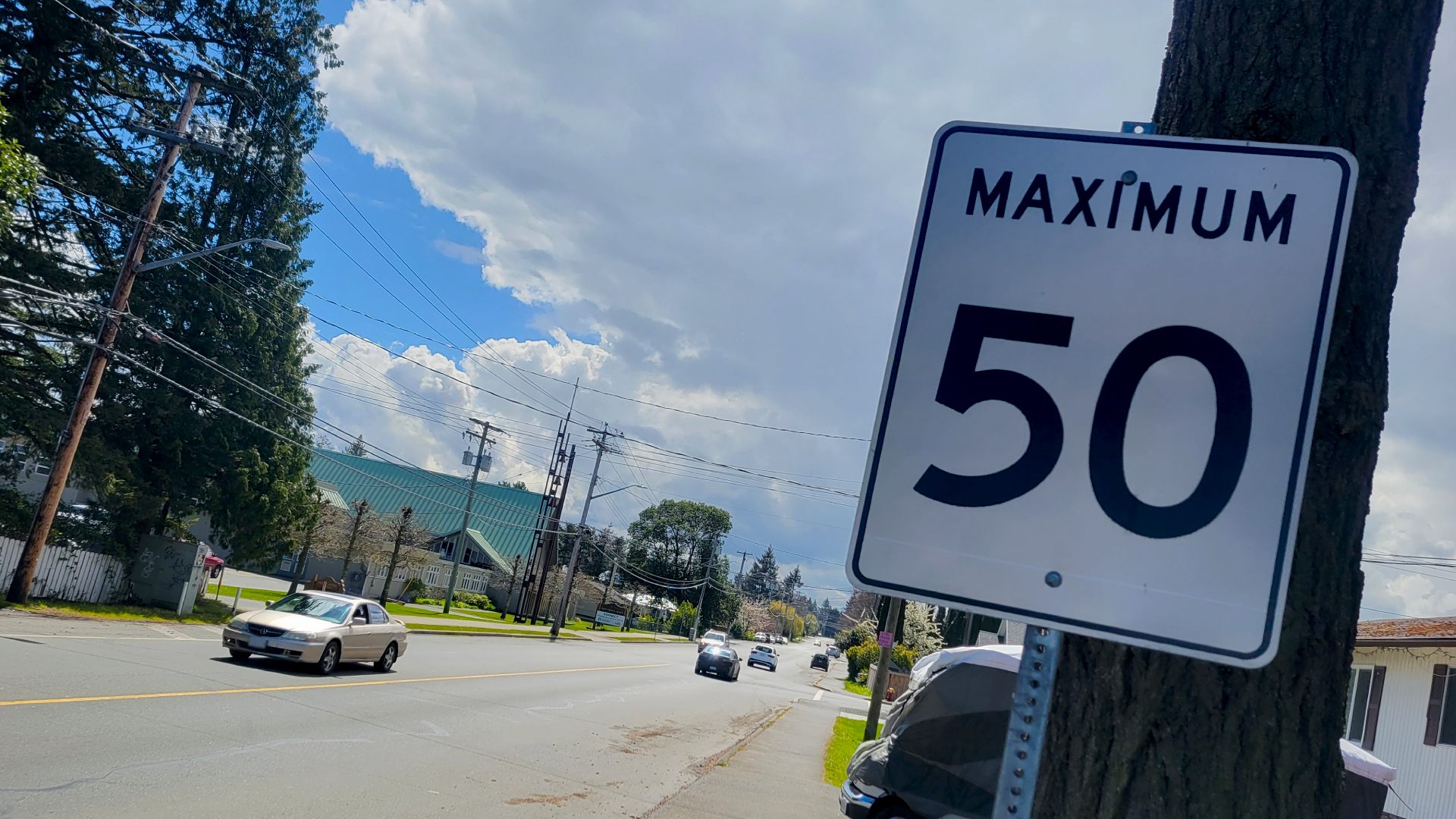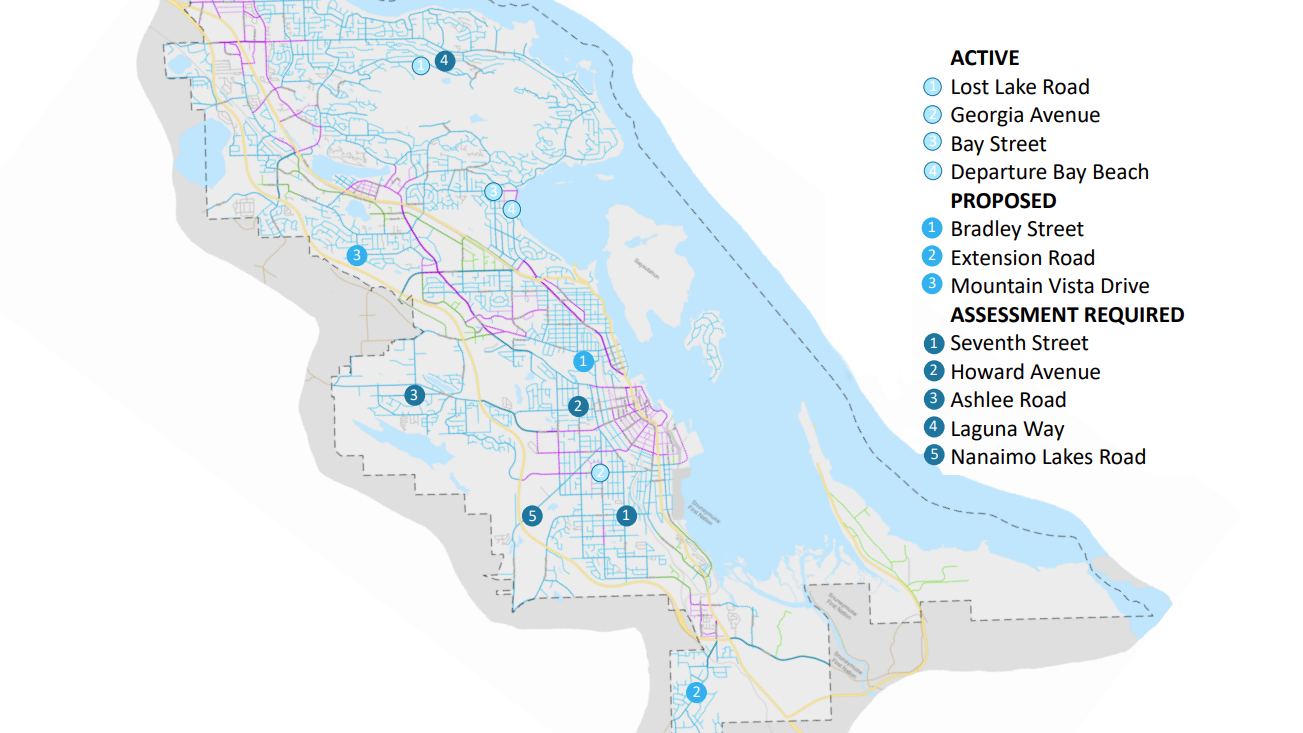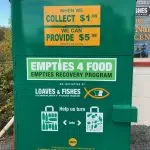
Speed limit reduction pitched for Nanaimo’s downtown, hospital and university neighbourhoods
NANAIMO — A new pilot project is being pitched to see how reducing vehicle speeds in certain neighbourhoods will improve pedestrian safety.
The future of a City staff-proposed $225,000 project will be decided by Council at a future meeting and would lower vehicle speeds to 30 or 40 kilometres per hour in three urban centres of Nanaimo: downtown, around NRGH and the University district.
Jamie Rose, city manager of transportation, told councillors at a special governance and priorities committee meeting on Thursday, April 21, the pilot would be neighbourhood wide, rather than just specific sections of roads like school or park zones.
“We are looking at these as blanket areas but there are going to be some roads that fall within those footprints that we do need to be conscious of how they operate. There may be some we need to make some decisions to exclude from it, but the vast majority will have some sort of speed reduction on them.”




